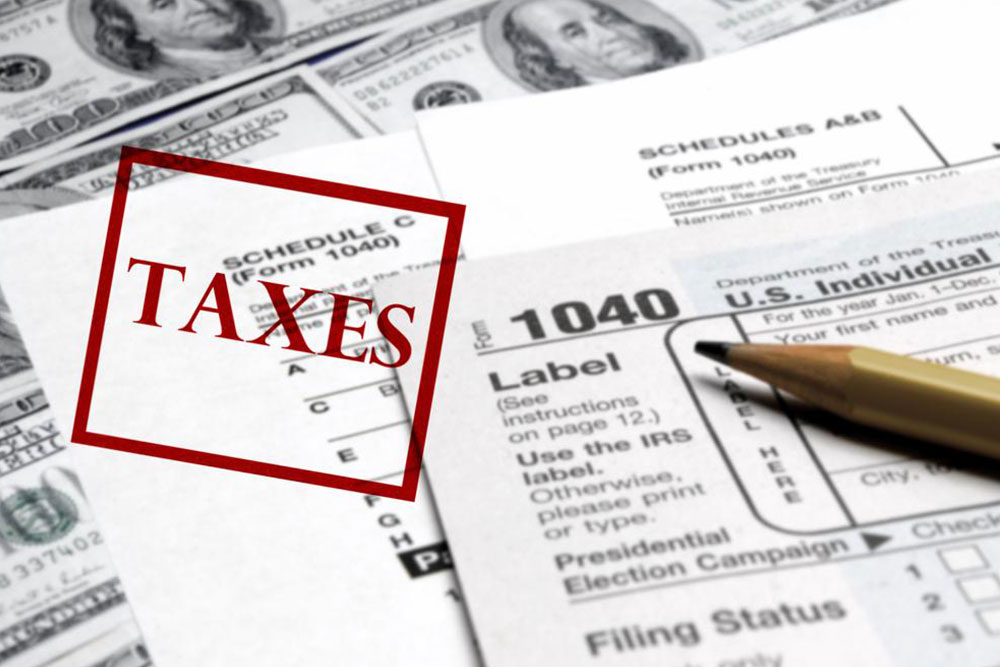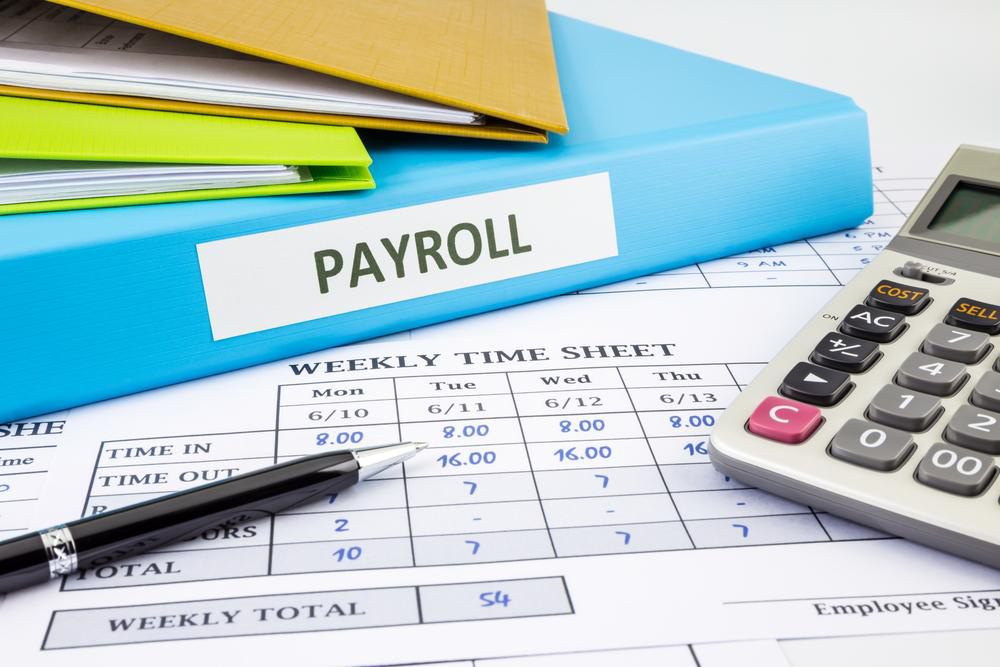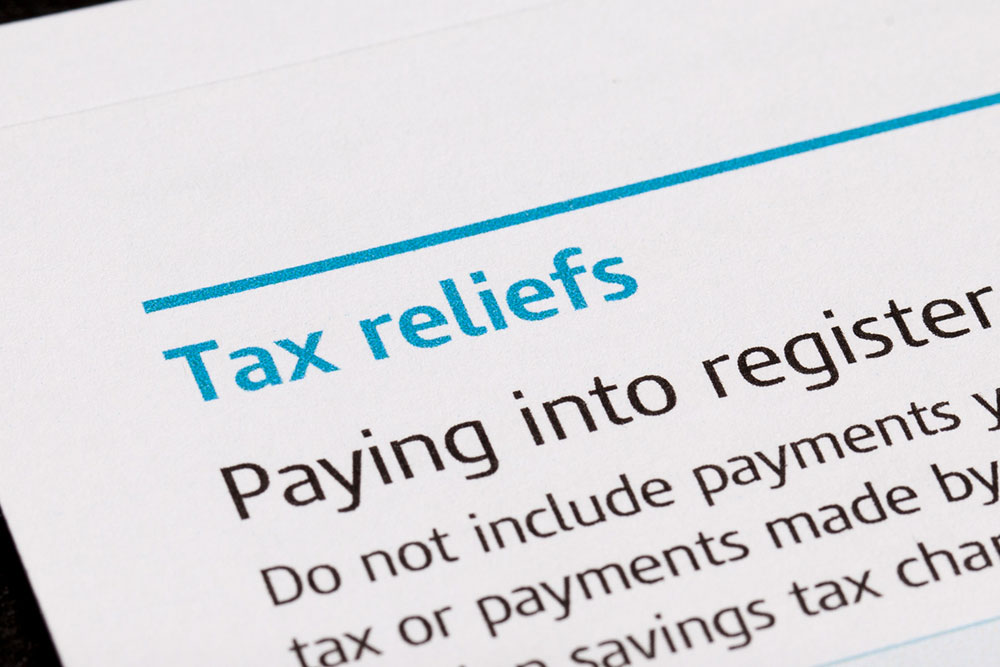Comprehensive 6-Step Method to Accurately Estimate Your Tax Refund
This comprehensive 6-step guide simplifies estimating your tax refund. From gathering income data to calculating deductions, tax liability, and credits, it offers clear instructions to maximize refunds and minimize surprises at tax time. Perfect for taxpayers seeking accurate, actionable insights into their tax situation.

Step-by-Step Guide to Calculating Your Tax Refund with Confidence
Understanding how much money you can expect to receive back from the IRS after filing your taxes is essential for personal financial planning. Your tax refund is primarily determined by the difference between the total taxes you've paid through payroll withholding or estimated payments and your actual tax liability based on your income, deductions, and credits. Accurately estimating this amount can help you plan future expenses and avoid surprises at tax time. This detailed 6-step process is designed to walk you through every stage of calculating your potential tax refund efficiently and effectively, ensuring you maximize your returns and understand your tax position better.
Step 1 – Collect All Your Income Documentation
Start by gathering all relevant income records for the tax year. These should include W-2s from your employer, 1099s from freelance or contract work, bank statements showing interest income, investment-related statements like 1099-B or 1099-DIV, and any relevant rental income records. Don't forget to include other sources such as gambling winnings or royalties if applicable. Keep in mind that certain income sources, such as workers’ compensation, public assistance, scholarships, alimony (for divorce agreements before 2019), welfare, or child support payments, aren't taxable and shouldn't be included in your total income calculations. Ensure all information covers the entire calendar year, as the accuracy of your refund estimate depends on a complete year's data. Collecting comprehensive income data allows you to understand the full scope of your earnings, which directly impacts your taxable income and potential refund.
Step 2 – Decide Between Standard Deduction and Itemized Deductions
Next, assess whether using the standard deduction or itemizing your expenses results in a larger deduction. The standard deduction is a fixed amount based on your filing status, designed to simplify your tax calculation. Alternatively, itemizing involves listing out deductible expenses like mortgage interest, property taxes, state and local income taxes, charitable contributions, medical expenses exceeding 7.5% of AGI, and unreimbursed business expenses. To determine which method yields the maximum deduction, consider using reliable online calculators or tax software. Keep in mind that some itemized deductions are subject to limitations; for example, property taxes and state income taxes are capped under the SALT deduction limit. Choosing the optimal deduction method reduces your taxable income, which can significantly influence your overall tax liability and refund.
Step 3 – Calculate Your Actual Tax Liability
With your deductible amounts established, subtract your deductions from your total income to derive your taxable income. Next, consult the latest IRS tax brackets applicable to your filing status — single, married filing jointly, head of household, etc. — to estimate your federal tax obligation. These brackets are updated annually to reflect inflation and policy changes, so ensure you're referencing current data. Remember, some states impose income taxes; therefore, consider state-specific brackets and rules if applicable. Also, take note of any particular adjustments or special credits that might affect your tax due. This step is crucial because it provides a foundation for estimating your total tax liability, which directly impacts your potential refund.
Step 4 – Apply Available Tax Credits
Tax credits are powerful tools to reduce your overall tax bill dollar-for-dollar. Common credits include the Child Tax Credit, Earned Income Tax Credit, Education Credits, and the Retirement Savings Contributions Credit. Calculate the total amount of all qualifying credits you can claim for the year. Subtract these credits from your preliminary tax liability to arrive at your final estimated tax owed. Remember, unlike deductions, credits directly lessen your tax bill, which can significantly boost your refund or reduce your amount due. Be meticulous in identifying all eligibility criteria to maximize your credits and ensure you're taking advantage of every opportunity to lower your tax liability.
Step 5 – Review Your Tax Payments and Withholding
Now, examine your pay stubs and prior tax returns to determine the total amount of taxes withheld during the tax year. Typically, your employer deducts withholding taxes based on your W-4 form submission. Multiply your average monthly withholding amount by 12 to estimate your total payment if deductions are consistent throughout the year. Additionally, include any estimated tax payments you made quarterly if you're self-employed or have additional sources of income. This figure tells you how much tax has already been paid versus what you owe, which is essential for calculating your refund or amount due.
Step 6 – Finalize Your Refund or Amount Due
Finally, subtract the total taxes withheld from your estimated total tax liability. If this calculation yields a negative number, it indicates that you've overpaid, and you're eligible for a refund. The larger the negative number, the bigger your refund will be. Conversely, if the result is positive, it signifies that you still owe money to the IRS, and you'll need to pay that amount when filing your return. Knowing this estimate in advance allows you to plan your finances accordingly, whether preparing for a refund deposit or making arrangements to settle any remaining tax liabilities. Accurate calculation at this stage ensures you're financially prepared for what’s ahead and helps you avoid surprises during tax season.





